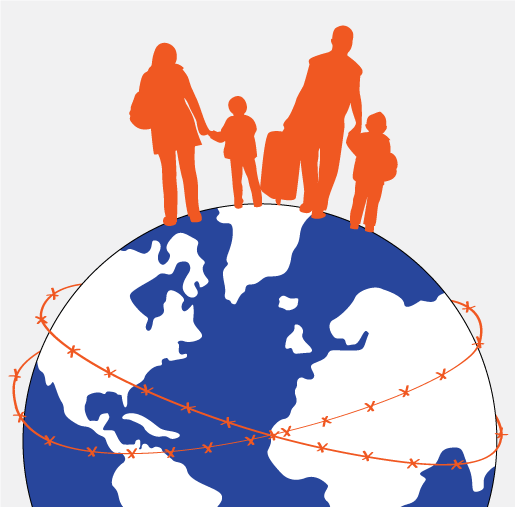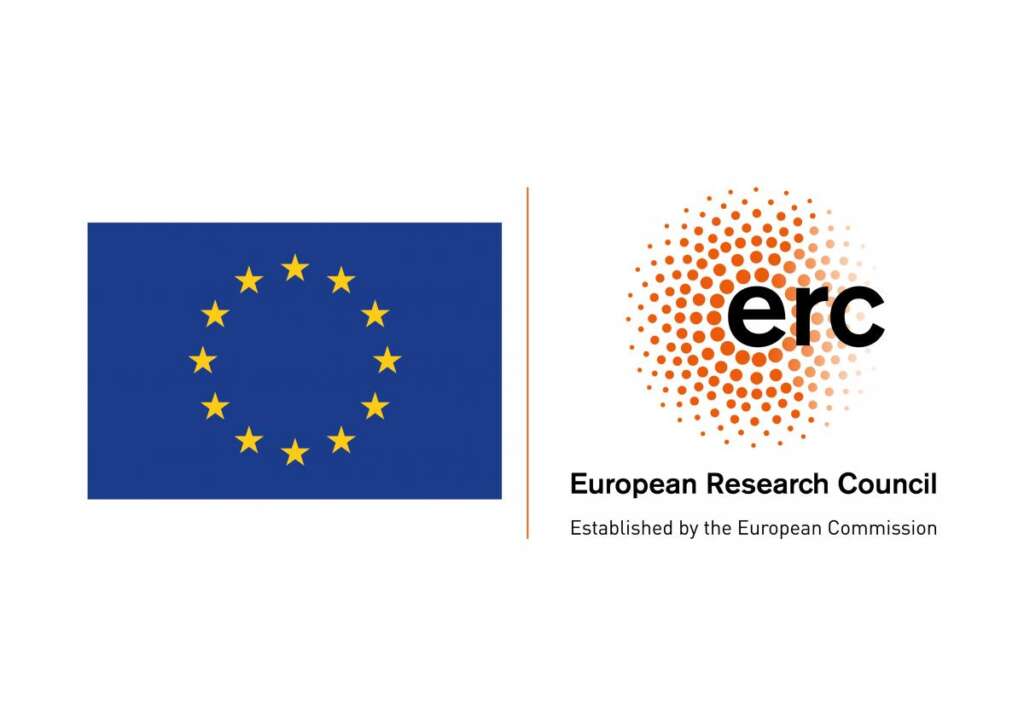
the project
Although we often think of undocumented persons as migrants or non-citizens, about one in seven people across the globe lack documents such as birth certificates, ID cards or passports to prove their legal identity, and thus their status as citizens in their own country. This gap between citizens with and without state-recognized documents can be just as consequential as the distinction between citizens and non-citizens. The United Nations’ Sustainable Development Goals express the commitment to “by 2030, provide legal identity for all, including birth registration” (Target 16.9).
The CitizenGap project pursues two main questions: (1) How and why do states invest in civil registration? (2) How and why do citizens decide to obtain documents? To understand why millions of citizens are undocumented, it is crucial to remember that citizenship is not only a legal status, but first and foremost a political relationship between states and the populations they govern. CitizenGap advances a strategic theory that seriously considers the incentives of states and citizens in the politics of civil registration. The project analyzes the origins and nature of the citizenship gap through cross-national and in-depth country studies.
This project has received funding from the European Research Council (ERC) under the European Union’s Horizon 2020 research and innovation programme (Grant agreement No. 949795)
01
Mapping and Explaining the Citizenship Gap across Countries

We aim to map the extent and nature of the citizenship gap across countries by developing a comparative measure that captures the strength of societal groups’ claims to legal identity and citizenship. In this subproject, we shift the emphasis from the absolute number of those without identity documents per country to the questions of which groups in society are left out, and on what basis they are excluded. While the World Bank’s current estimate of one billion undocumented citizens is daunting, the number of people who have been registered, but are nevertheless vulnerable to exclusion because of inadequate documents, is likely much larger. In this subproject, we analyze individual-level survey data on ID coverage and birth registration as well as national and international demographic data (i.e. census, population surveys) to draw inferences about who is left out and to gauge for which societal groups records are likely incomplete or incorrect. We then analyze variation in the size and nature of the citizenship gap across countries.
02
Mapping and Explaining the Citizenship Gap in Specific Countries

In this project, we investigate the coverage of identity documents in India and Mexico. Our country studies draw on quantitative as well as qualitative data. We collect geo-referenced data to map variation in access to legal identity across subnational units and societal groups. We relate this to a measure of how challenging it is to develop administrative infrastructure in specific places based on factors such as altitude, terrain, and population density. Social marginalization and societal groups’ relationships with the state also influence access to civil registration. The quantitative data of the determinants of legal identity is paired with archival sources on the functioning of the system of civil registration to ensure that the analysis is historically grounded. To understand how and why the quality of identity documents varies across societal groups, the research team will also conduct interviews and focus groups.


